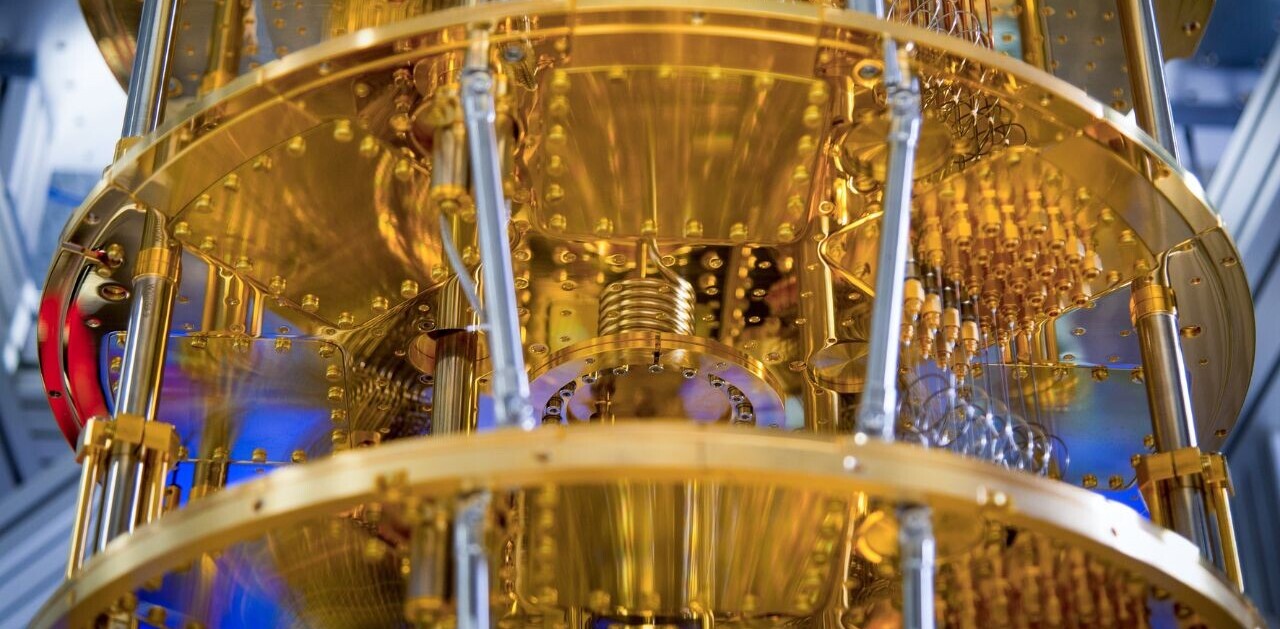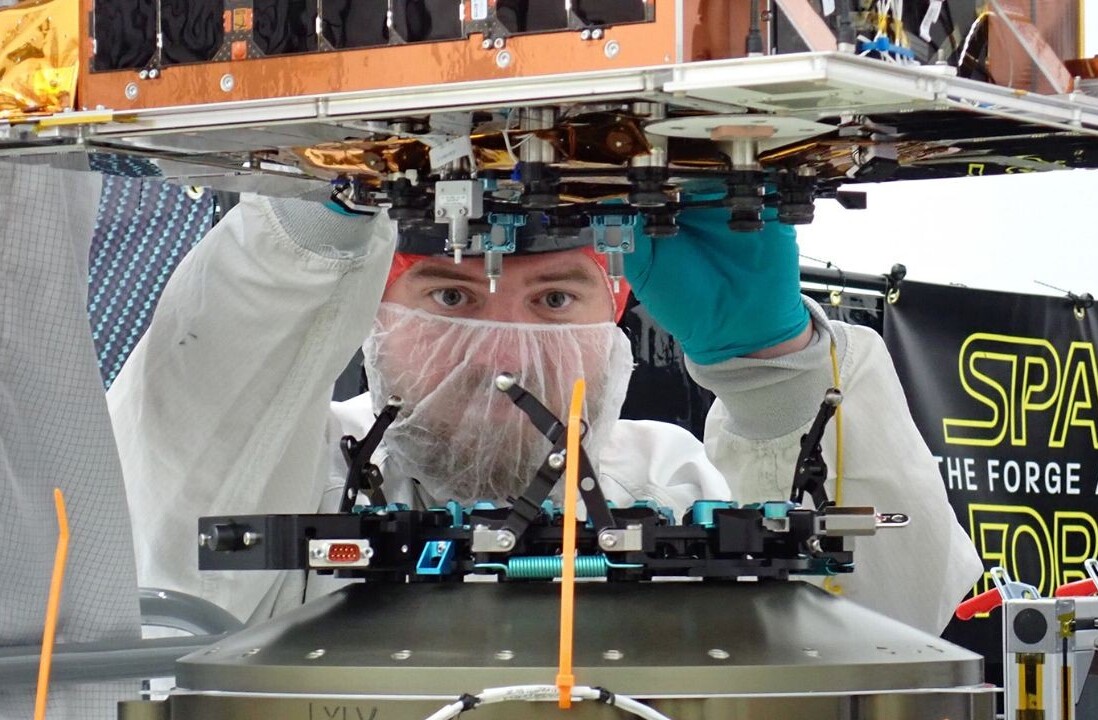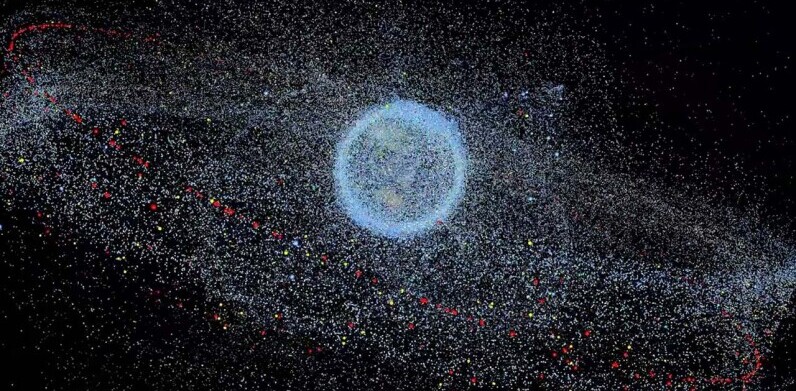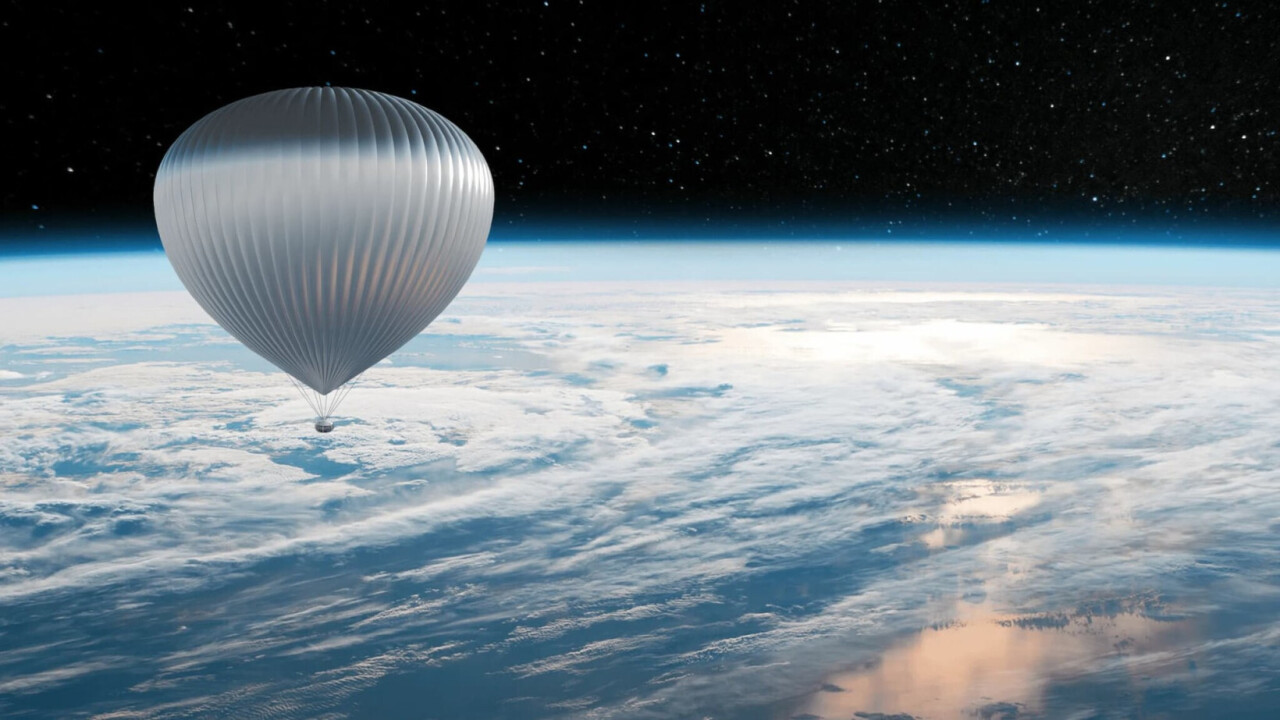
It turns out you don’t need a rocket to explore the edge of space.
French startup Zephalto has just announced plans to send eager tourists to the stratosphere in a space balloon by 2025. Starting at €120,000 per person, the six-hour round trip would offer “unparalleled views” of Earth and a fine dining experience from the comfort of a luxurious pressurised capsule named Celeste.
“We choose 25 km high because it’s the altitude where you are in the darkness of space, with 98% of the atmosphere below you so that you can enjoy the curvature of the Earth in the blue line. You’re in the darkness of space, but without the zero gravity experience,” Vincent Farret d’Astiès, Zephalto founder and aerospace engineer, told Bloomberg.
The trip would include gourmet meals both before and during the flight, aperitifs, winetasting, stratographic photography, and the possibility to share the experience instantly with the people back on Earth via Wi-Fi. The capsule, currently being designed by French architect Joseph Dirand, would have 20 square metres of interior room, accommodating six passengers and two pilots.
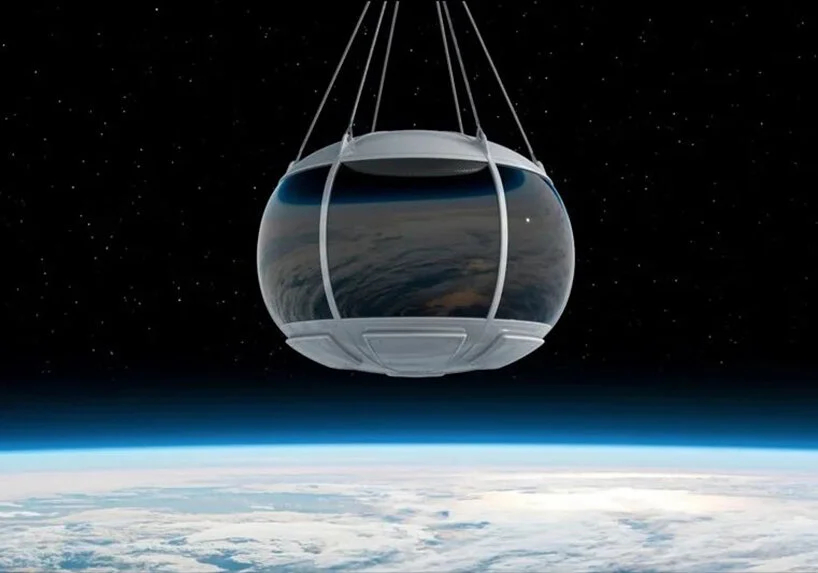
The balloon, filled with helium or hydrogen, would depart from France and rise to 25 km over the course of about one and a half hours. This is about twice as high as commercial jets operate but well below the boundary of space (which lies 80-100 km above sea level). Once at peak altitude, the balloon will hover for three hours to ensure you have enough time to soak up the views, before descending back to the ground.
While this might seem like a load of hot air, the startup, founded in 2016, has already secured backing from some high-profile players, including Airbus, Dassault, National Center for Space Studies (CNES), and European Space Agency (ESA).
Zephalto aims for 60 flights per year once it begins commercial operations. It has already conducted three test flights with pilots on board, though none have reached the full altitude. However, the company expects to hit the target height in a test flight later this year.
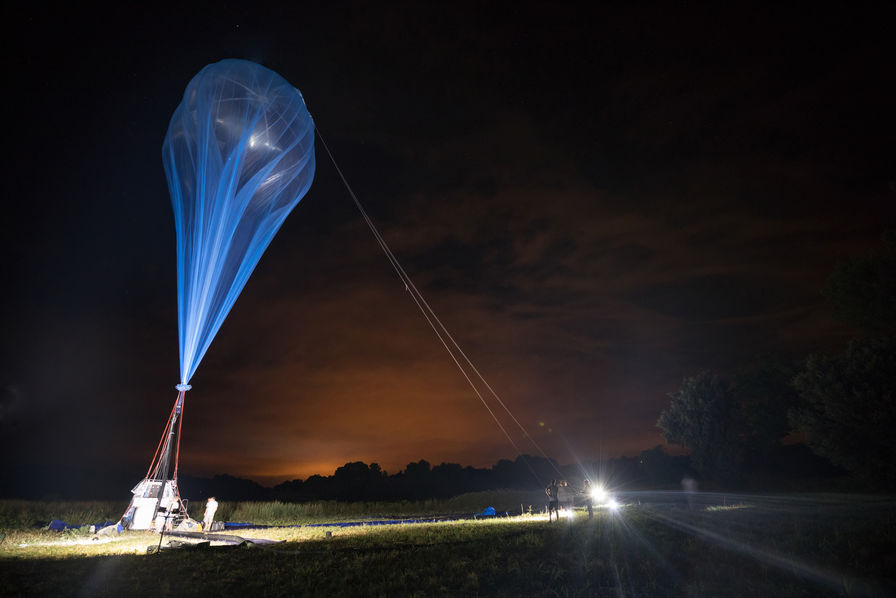
Crewed high-altitude balloons are not a novel idea. In 1931, Swiss physicist Auguste Piccard ascended 16km in a pressurised capsule attached to a helium balloon, becoming the first person to ever reach the stratosphere. Since then, crewed high-altitude balloons have risen to over 34km, although the technology has never gone commercial — yet.
Space Perspective and Worldview, both US-based, are also developing their own versions of the technology. They both plan to launch even earlier than Zephalto, in 2024. Spanish startup Zero2Infinity is also developing a space balloon although it has yet to announce a launch date. Furthermore, Japanese startup Iwaya Giken has built a much smaller capsule that it hopes will cost just tens of thousands of dollars once the company achieves economies of scale.
While perhaps not quite as alluring as blasting off into real space aboard a rocket, as promised by billionaire-owned firms like SpaceX, Blue Origin, and Virgin Galactic, proponents say balloon trips offer a number of distinct advantages.
Firstly, they’re a lot cheaper. A Virgin Galactic flight starts at $450,000, while a trip aboard one of SpaceX’s rockets could set you back tens of millions of dollars. Even though the balloons don’t travel as high as these rockets, which average altitudes between 50-120km, operators say they still fly high enough for viewers to experience the overview effect — an intense perspective shift that many astronauts say kicks in when you view Earth from above.

What’s more, despite numerous advances in recent years, rockets remain complex, expensive, and unpredictable (SpaceX’s launch failure this week is a prime example). Passengers must undergo significant training and medical checks before even thinking of boarding one. However, Zephalto says that anyone healthy enough to fly on an airliner can board a space balloon.
The startup also claims that the first Celeste flight will mark the lowest amount of CO2 generated by a space flight: 26.6 kg for the entire 6-hour journey, equivalent to the carbon footprint of a “pair of denim trousers.” By contrast, at a launch in 2016, the Space X Falcon 9 rocket emitted a whopping 116 tons of CO2 in just 165 seconds.
All this equates to what could become a more sustainable and accessible alternative to rocket-based space tourism.
However, Zephalto hasn’t even completed its first commercial test flight or arrived at the final design for the capsule, and keeps pushing back the launch date. The startup is also vague on a number of details, including where exactly the balloons will launch from, or whether it has secured permission to fly from the European Union Aviation Safety Agency (EASA). Other startups like Worldview follow a similar trend — it announced in 2013 that its space balloons would enter commercial operations in 2016.
But despite the fact that the space balloon startup scene seems better at making promises than delivering them, Zephalto, like most of the other startups mentioned, is already taking pre-reservations. Lift-off could take place in two years’ time — if all goes to plan.
Get the TNW newsletter
Get the most important tech news in your inbox each week.

